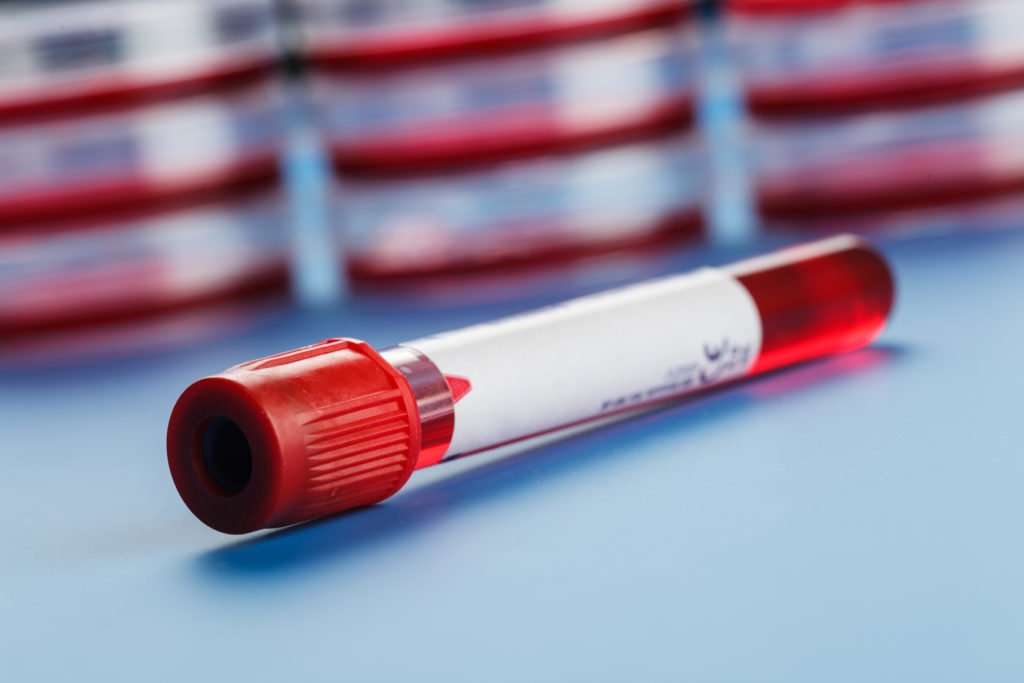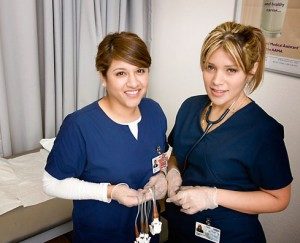So What Exactly is Phlebotomy?

It’s not a word we hear often. In fact, in doing your online research, some of you may have done a search in Google asking for the name of the career that takes blood samples. We’ve heard of doctors, nurses, surgeons, dentists, but phlebotomists? Not so much. For those interested in this field, here is a brief overview.
Phlebotomy is a field in health services that is responsible for the drawing and collection of blood from patients. Blood is drawn for the purposes of tests, transfusions, research, and donations. Because of the sensitive nature of the procedure and the possible adverse side-effects that could develop, phlebotomists talk with the patient. They inform the patient of what is being done and answer any questions the patient may have. Many patients are quite nervous about the procedure, and it is the responsibility of the phlebotomist to make the patient feel at ease.
 Students who have met the requirements of one of the 10 possible organizations that certify them capable Phlebotomist have better outlooks on their careers then those who are not certified. They have better opportunities at finding employment at better institutions by being amongst the top of the resumes to be handed in and are likely to gain better pay and opportunities from the employer.
Students who have met the requirements of one of the 10 possible organizations that certify them capable Phlebotomist have better outlooks on their careers then those who are not certified. They have better opportunities at finding employment at better institutions by being amongst the top of the resumes to be handed in and are likely to gain better pay and opportunities from the employer. If you plan to work as phlebotomist then there is a high possibility that you may have considered the suitability of online phlebotomy certification. There are so many online phlebotomy training programs which have been designed to assist interested persons obtain certification without walking into a classroom. Such programs are suitable for people who cannot balance between work and study or those who cannot access land based classes with ease.
If you plan to work as phlebotomist then there is a high possibility that you may have considered the suitability of online phlebotomy certification. There are so many online phlebotomy training programs which have been designed to assist interested persons obtain certification without walking into a classroom. Such programs are suitable for people who cannot balance between work and study or those who cannot access land based classes with ease. The requirements to earn phlebotomy certification depend on the type of certification you wish to obtain. Not all states are the what are the requirements to be a phlebotomist are the same, but if you live in a state where there is more than 1 type of phlebotomy certification, then you need to be aware of the requirements for each type. For the purpose of this article, we are using California as our example.
The requirements to earn phlebotomy certification depend on the type of certification you wish to obtain. Not all states are the what are the requirements to be a phlebotomist are the same, but if you live in a state where there is more than 1 type of phlebotomy certification, then you need to be aware of the requirements for each type. For the purpose of this article, we are using California as our example. Where to get your phlebotomy certification depends on the state. Each state has its own governing agency that regulates thewhere to get phlebotomy certification phlebotomy profession. This agency likely regulates other health professions that are similar. It is this agency that approves of training programs and exams. Therefore, before signing up for a class, make sure it is on the approved list.
Where to get your phlebotomy certification depends on the state. Each state has its own governing agency that regulates thewhere to get phlebotomy certification phlebotomy profession. This agency likely regulates other health professions that are similar. It is this agency that approves of training programs and exams. Therefore, before signing up for a class, make sure it is on the approved list. A phlebotomist is responsible for drawing blood from patients. That’s the simple answer to the question of ‘What does a Phlebotomist Do.’ But there is more to it than that.
A phlebotomist is responsible for drawing blood from patients. That’s the simple answer to the question of ‘What does a Phlebotomist Do.’ But there is more to it than that. Online phlebotomy certification is the answer for busybodies who want to start a career as phlebotomists but are too busy to go to traditional school.
Online phlebotomy certification is the answer for busybodies who want to start a career as phlebotomists but are too busy to go to traditional school. With a great requirement for phlebotomists and training for phlebotomy being relatively short, there is a high demand for careers in phlebotomy. Phlebotomy is a vital part of today’s extremely modern and vast medical field. In a medical team, phlebotomist is important as a doctor. To become a phlebotomy, you have to pass phlebotomy certification exam. Basically, phlebotomists are specialized member of medical unit, whose focus in the section of collection and preservation of blood specimens for diagnostic uses. They sanitize all the required equipments like syringe before used to collect blood and safely dispose all the items after the entire procedure.
With a great requirement for phlebotomists and training for phlebotomy being relatively short, there is a high demand for careers in phlebotomy. Phlebotomy is a vital part of today’s extremely modern and vast medical field. In a medical team, phlebotomist is important as a doctor. To become a phlebotomy, you have to pass phlebotomy certification exam. Basically, phlebotomists are specialized member of medical unit, whose focus in the section of collection and preservation of blood specimens for diagnostic uses. They sanitize all the required equipments like syringe before used to collect blood and safely dispose all the items after the entire procedure. If you are all set to take the phlebotomy certification exam, then it simply means that you are finished with the training course and you are one step closer to getting certified.
If you are all set to take the phlebotomy certification exam, then it simply means that you are finished with the training course and you are one step closer to getting certified. In order to obtain your Phlebotomy certification which then results in the candidate being issued with their Phlebotomy License, an examination has to be written and passed. Whoever conducts this examination, the state you live in or the US government, it is proof that a qualified Phlebotomist will be allowed to practice as a certified Phlebotomist. Not all US states insist in this certification, but in California – they are very strict – no license, no practice, no work.
In order to obtain your Phlebotomy certification which then results in the candidate being issued with their Phlebotomy License, an examination has to be written and passed. Whoever conducts this examination, the state you live in or the US government, it is proof that a qualified Phlebotomist will be allowed to practice as a certified Phlebotomist. Not all US states insist in this certification, but in California – they are very strict – no license, no practice, no work.